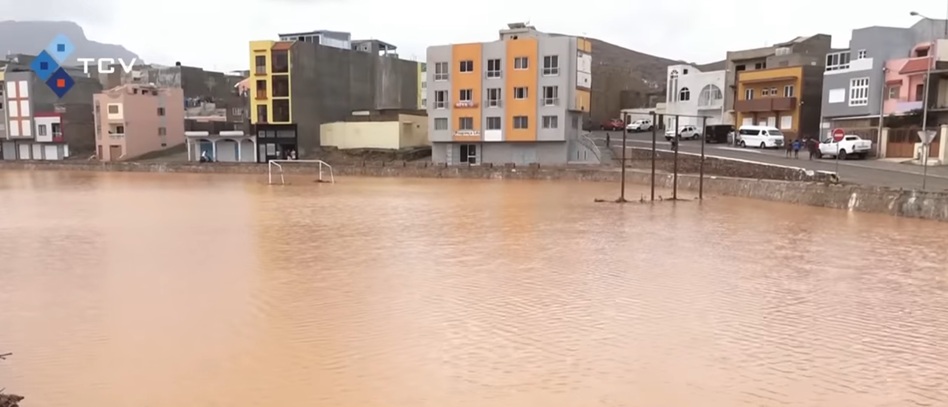Magnetic Media | Editorial Team
Despite record investments, growing public demand, and remarkable technological advances, clean energy is still not winning fast enough. Why? The reasons are more political and structural than scientific. This is a breakdown of what’s really holding back the clean energy revolution—even as the planet cries out for relief.
- Fossil Fuel Subsidies Are Still King
Globally, fossil fuels received over $7 trillion in subsidies in 2023 alone (IMF). That means oil, gas, and coal are still heavily underwritten by governments, keeping their prices artificially low. Clean energy has to compete on a tilted playing field.
Even with solar and wind now cheaper than fossil fuels in most markets, they aren’t winning on price alone because the global economy still props up carbon-heavy industries.
- Grids Weren’t Built for Solar and Wind
Much of the world’s energy infrastructure is outdated and designed around centralized, fossil fuel-based power plants. Renewables are decentralized and intermittent, requiring new, smarter grids.
The IEA estimates that for every dollar spent on renewables, only $0.60 is spent upgrading grid infrastructure. As a result, there’s a growing backlog: solar and wind projects are ready to plug in, but there’s no place to plug them.
- Upfront Costs & Finance Gaps
Solar panels may be cheap, but setting up large-scale renewable projects requires big upfront capital. Developing countries, where the sun shines brightest, often lack access to affordable finance.
Africa, for instance, holds 60% of the world’s best solar resources, but gets just 2% of global clean energy investment.
- The Fossil Fuel Lobby Is Strong and Well-Funded
From legal challenges to PR campaigns, the fossil fuel lobby remains one of the most powerful political forces worldwide. They fund misinformation, push back on regulation, and block clean energy initiatives through litigation and influence. And in many countries, fossil fuel giants are deeply entangled in politics, making meaningful change economically risky and politically unpopular.
- Clean Energy Jobs Are Rising—But So Are Fears
While clean energy now supports nearly 35 million jobs globally, many workers in oil, gas, and coal industries fear losing their livelihoods. Without serious retraining and transition plans, politicians are reluctant to pull the plug on fossil sectors that support entire communities.
Just transitions are slow, complex, and expensive. But avoiding them stalls progress.
- No Global Enforcement = Slow Global Action
Climate goals like those in the Paris Agreement are mostly voluntary. There are no penalties for missing clean energy targets, and no global enforcement mechanisms.
The result? Countries pledge but rarely deliver. Progress is patchy, and ambition often dissolves after an election cycle.
- Clean Tech Access Is Not Equal
Clean energy tech—batteries, solar panels, EV components—is manufactured mostly in a few countries. Developing nations often can’t afford or access it, locking them out of the transition.
Trade barriers, outdated financial risk models, and monopolized supply chains make clean energy a rich nation’s luxury, not a global solution.
Still, There Is Hope
The 2025 UN Climate Address noted that over 90% of new power added last year came from renewables. Solar is now 41% cheaper than fossil fuels, and countries like India, China, and even Texas are seeing massive economic growth from clean energy.
But the transition must speed up—and clean energy must get a fair shot.
That means cutting fossil subsidies, modernizing grids, financing developing nations, and enacting just transition plans.
The future is sun-powered. But only if we stop throwing shade.


 TCI News5 days ago
TCI News5 days ago
 Bahamas News3 days ago
Bahamas News3 days ago
 Caribbean News3 days ago
Caribbean News3 days ago
 TCI News19 hours ago
TCI News19 hours ago
 Caribbean News5 days ago
Caribbean News5 days ago














